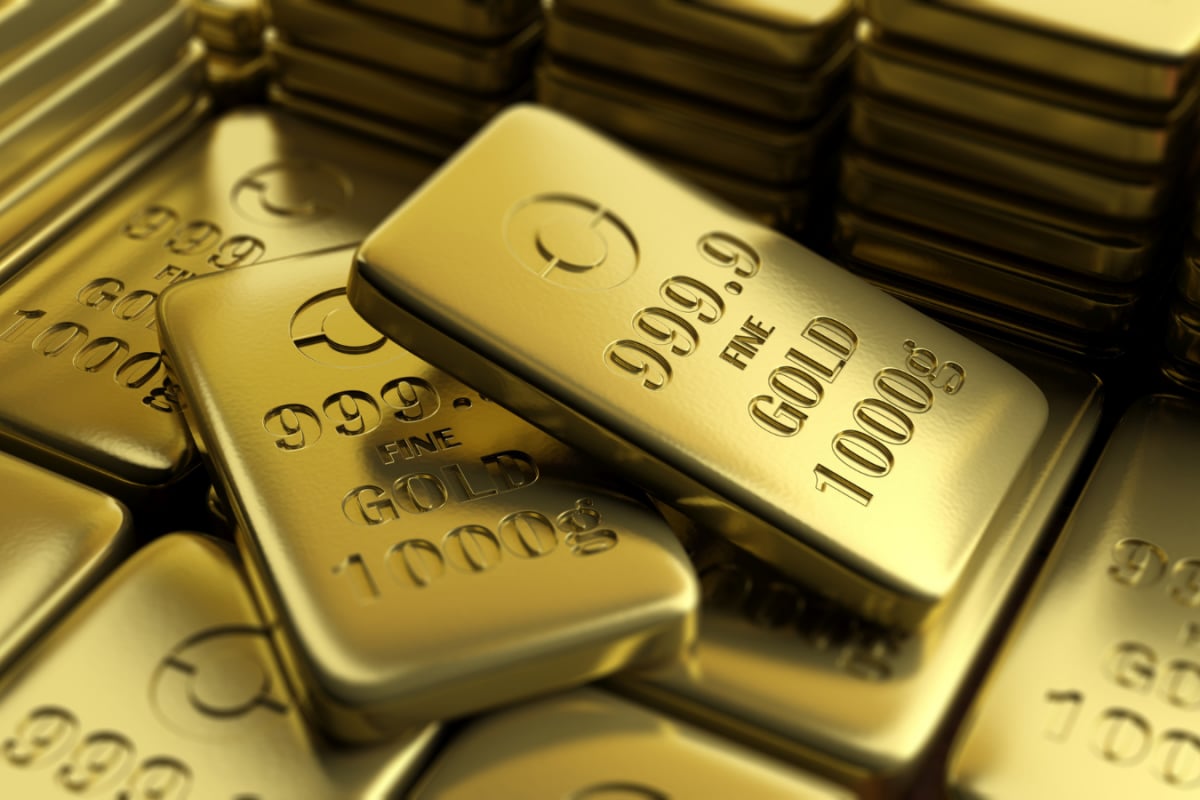

Gold prices in Delhi witnessed a rally, climbing Rs 580 to reach Rs 97,030 per 10 grams. Simultaneously, silver prices also saw an upswing, gaining Rs 500. Several factors are contributing to this surge in precious metal prices, both in Delhi and on a global scale.
One of the primary drivers is the weakening of the U.S. dollar. Since gold and silver are often priced in dollars, a weaker dollar makes these metals more attractive to investors holding other currencies. This increased demand can push prices higher.
Geopolitical tensions and economic uncertainties also play a significant role. In times of global instability, investors tend to seek safe-haven assets like gold and silver. The current global landscape, marked by ongoing geopolitical risks and concerns about economic growth, is fueling this demand for precious metals. For instance, the threat of tariff increases and trade tensions can create uncertainty about inflation and global supply chains, prompting investors to turn to gold and silver as a hedge.
Central banks' actions are another crucial factor. Many central banks have been increasing their gold reserves, particularly in Asia. This increased demand from central banks puts upward pressure on gold prices. Furthermore, accommodative monetary policies, where central banks maintain low interest rates, can also boost gold and silver prices. Low interest rates reduce the opportunity cost of holding non-yielding assets like gold and silver, making them more attractive to investors.
Rising investor inflows into gold-backed Exchange-Traded Funds (ETFs) also contribute to the price increase. ETFs provide investors with a convenient way to gain exposure to gold without physically holding the metal. Increased investment in these ETFs reflects growing confidence in gold as an asset class and further drives up demand.
Industrial demand also supports silver prices. Silver has a wide range of industrial applications, including in electronics, solar panels, and electric vehicles. As these sectors continue to grow, the demand for silver is expected to remain strong, putting upward pressure on its price. The silver market is relatively small compared to gold, making it more volatile and susceptible to price swings due to changes in supply and demand.
Looking ahead, analysts expect gold and silver prices to remain well-supported. Factors such as the anticipated downward trajectory of U.S. interest rates, persistent geopolitical tensions, and strong industrial demand for silver are expected to continue driving prices higher. Some analysts predict that gold could reach new record highs in the coming years, while silver is expected to outperform gold due to its strong industrial demand and relative undervaluation. For example, Goldman Sachs Research predicts gold will rise to $3,700 a troy ounce by the end of 2025.
However, it's important to note that precious metal prices can be volatile and influenced by various factors. Changes in U.S. monetary policy, shifts in investor sentiment, and fluctuations in currency exchange rates can all impact gold and silver prices. Therefore, investors should carefully consider their risk tolerance and investment objectives before investing in precious metals.